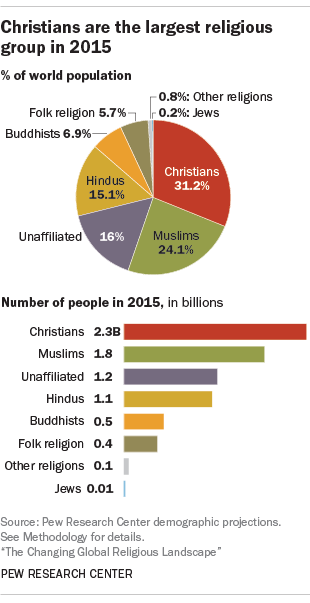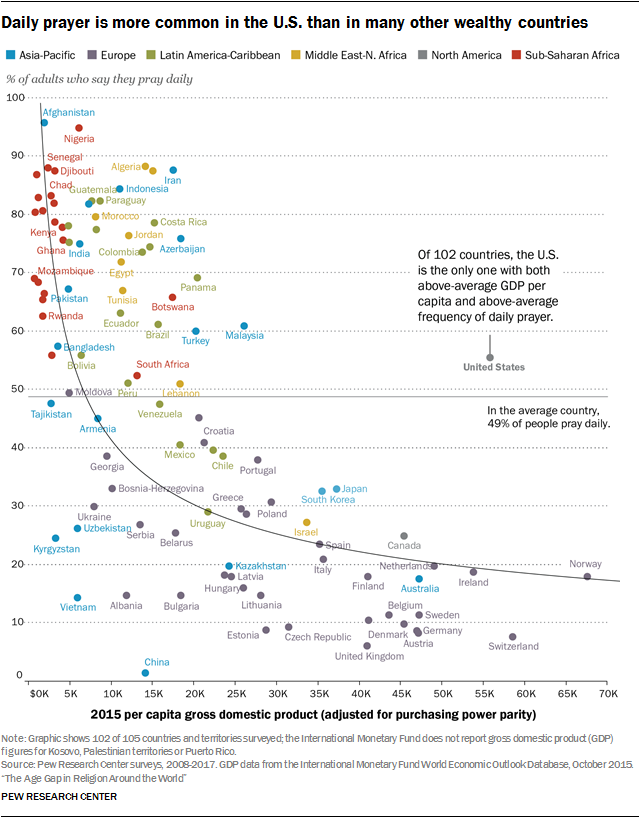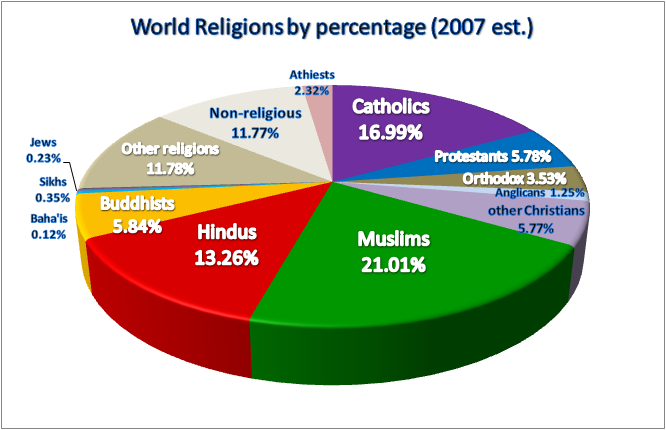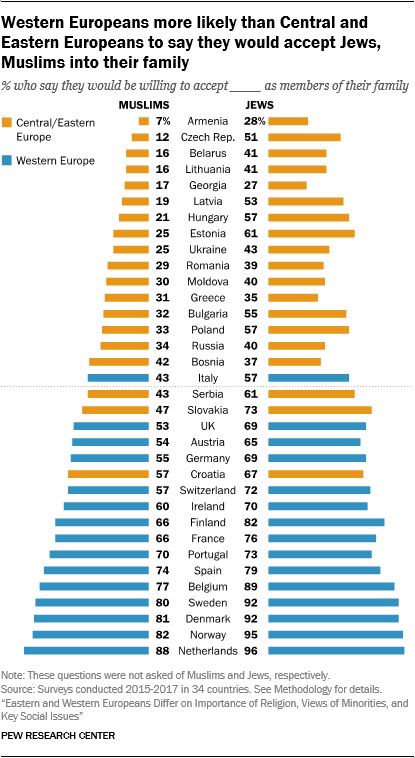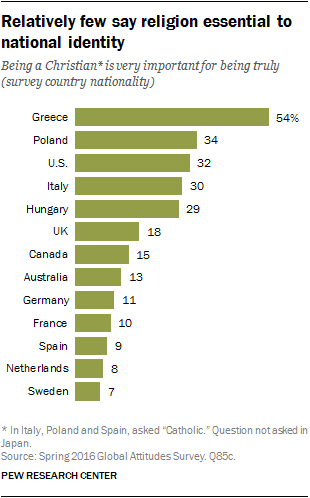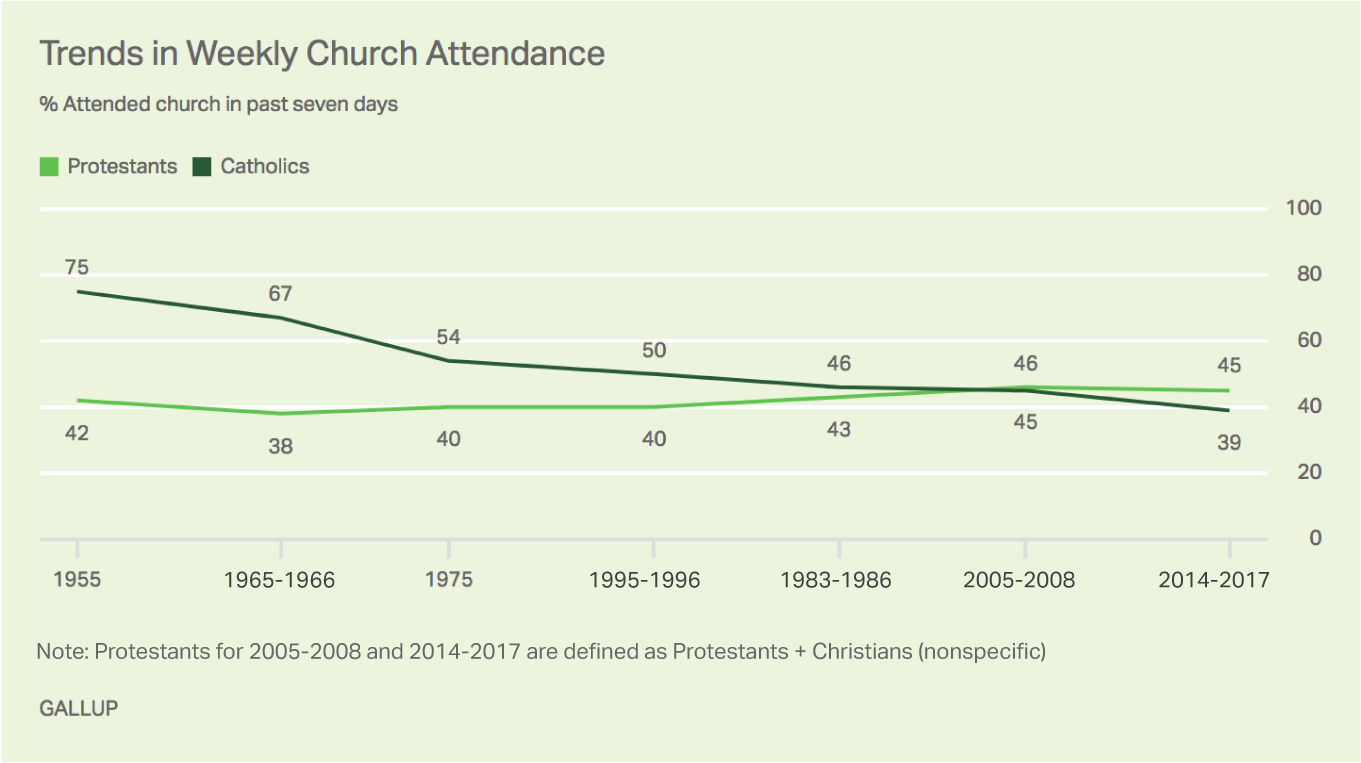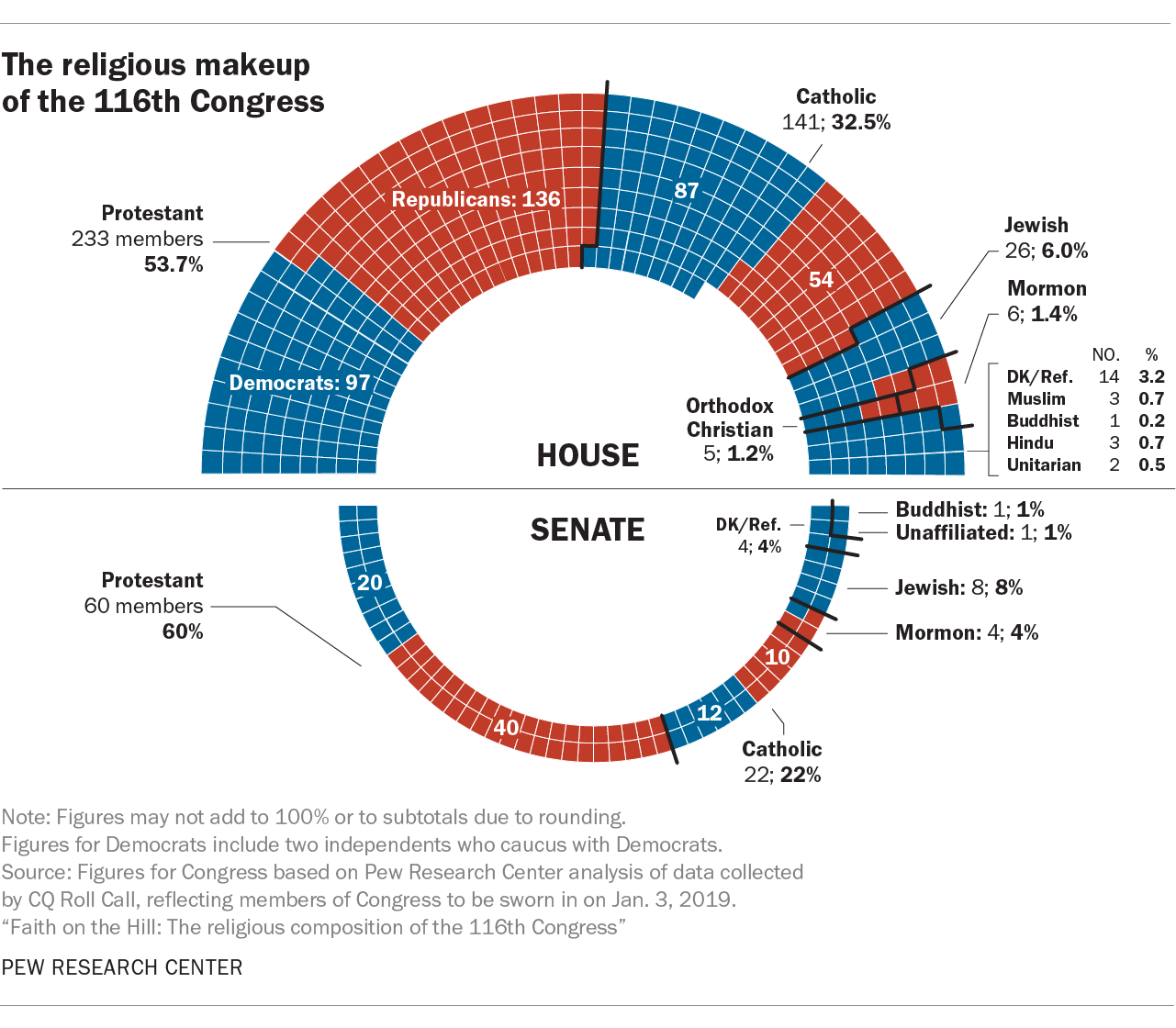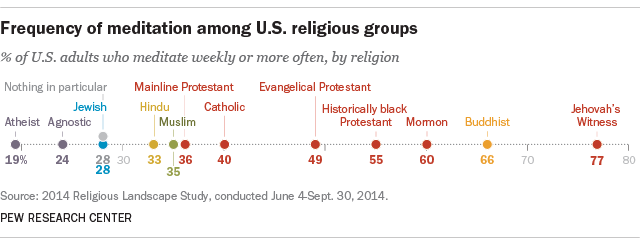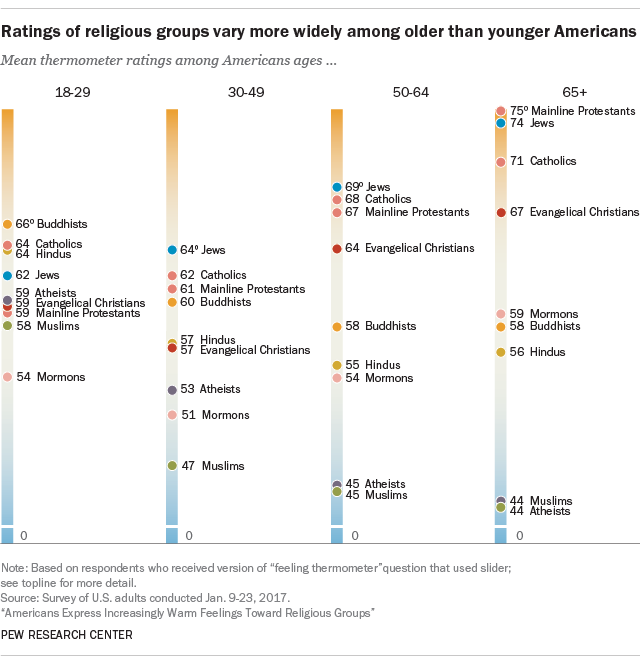Shortly after the death of Jesus (Nisan 14
or 15), the Jerusalem
church is founded
as the first Christian
church with about 120 Jews and Jewish Proselytes (Acts
1:15),
Paul's "Road
to Damascus" conversion to "Apostle to the Gentiles" is first
recorded in 9:13-16,
cf. Gal
1:11-24. Peter baptizes
the
Roman Centurion
Cornelius, who is traditionally considered the first Gentile convert
to Christianity (1
The Antioch
church is founded, it was there that the term Christian was
first used
37-41 Crisis under Caligula,
proposed as the
first open break between Rome and the Jews
47 The Church
of the East is created by Saint
Thomas
49 "Since the Jews constantly made disturbances at the
instigation of Chrestus,
he [Claudius]
expelled them from Rome." (referenced in Acts
18:2)
50 Passover riot
in Jerusalem,
20-30,000 killed (JA20.5.3,JW2.12.1)
52 November 21 St.
Thomas the Apostle lands in India. Establishes churches
at Kodungalloor, Palayoor, Paraur, Kottakkav, Kokkamangalam, Nilakkal, Niranam and Kollam
55? "Egyptian
prophet" (allusion to Moses) and 30,000 unarmed Jews doing The
Exodus reenactment
massacred by Procurator
Antonius
Felix (JW2.13.5, JA20.8.6, Acts
21:38)
58? Paul arrested, accused of being a revolutionary,
"ringleader of the sect of the Nazarenes",
teaching resurrection
of the dead, imprisoned in Caesarea (Acts
23-26)
60? Paul in Rome: greeted by many "brothers", three days
later calls together the Jewish leaders,
who hadn't received any word from
Judea about him but were curious about "this sect", which
everywhere is spoken against; he tries to convince them from the "law and prophets",
with partial success –
said the Gentiles would listen, and spends
two years proclaiming the Kingdom
of God and teaching "the
Lord Jesus Christ" (Acts
28:15-31); Epistle
to Philemon written?
62 James the Just stoned to death for law transgression by High
Priest Ananus
ben Artanus,
popular opinion against act results in Ananus being deposed by new procurator Lucceius
Albinus
64-68 after July 18 Great
Fire of Rome, Nero blames
and persecutes the Christians (or
Chrestians,
Peter crucified
upside-down? (Jn
21:18,1
Pet 5:13,Tertullian's
Prescription Against Heretics,
"...a vast multitude,
were convicted, not so much of the crime of incendiarism as of hatred
of the
human race. And in their deaths they were
made the subjects of sport; for they were
wrapped in the hides of wild
beasts and torn to pieces by dogs, or nailed to crosses, or set
on
fire, and when day declined, were burned to serve for nocturnal lights." (Annals
(Tacitus) XV.44)
66-73 Great
Jewish Revolt: destruction of Herod's
Temple and end of Judaism according to
Supersessionism, Qumran community
(site of Dead
Sea Scrolls found in 1947)destroyed
70(+/-10)? Gospel
of Mark, written in Rome, by Peter's interpreter (1 Peter 5:13),
original ending
apparently lost, endings added c. 400, see Mark
16
72, July 3 Martyrdom of St.
Thomas the Apostle at Chinnamala, Mylapore,
Chennai (Tamil Nadu)
80(+/-20)? Gospel
of Matthew, based on Mark and Q, most popular in Early
Christianity
80(+/-20)? Gospel
of Luke, based on Mark and Q, also Acts
of the Apostles by same author
95(+/-30)? Gospel
of John and Epistles
of John
95(+/-10)? Book
of Revelation written, by John (son of Zebedee) and/or a disciple of his
96 Nerva modifies
the Fiscus Judaicus, from then on, practising
Jews pay the tax,
Christians do not






